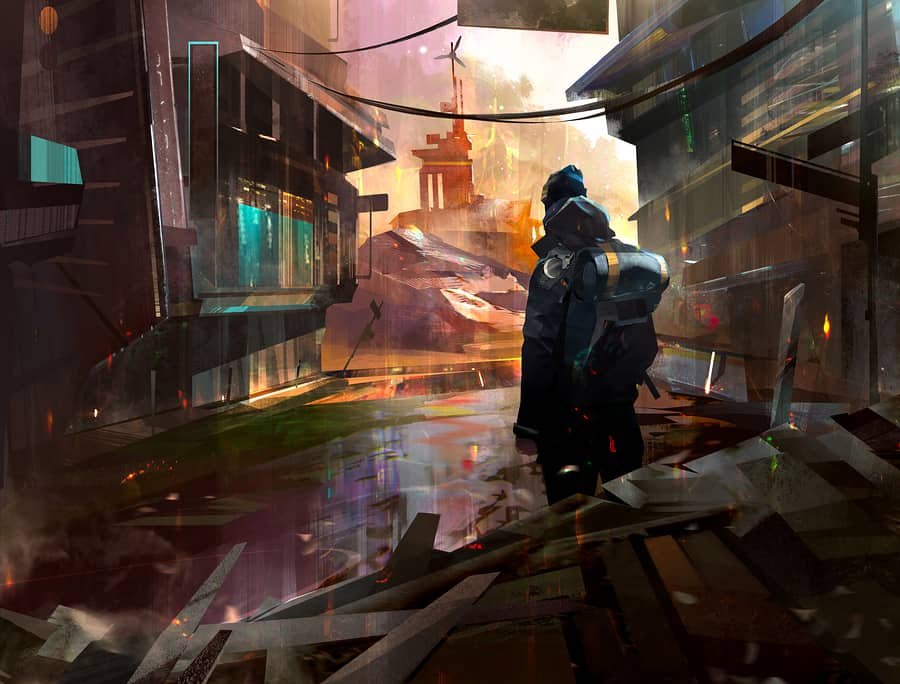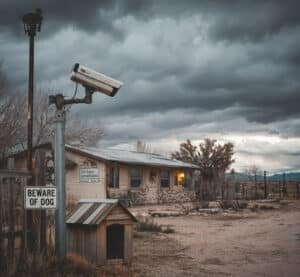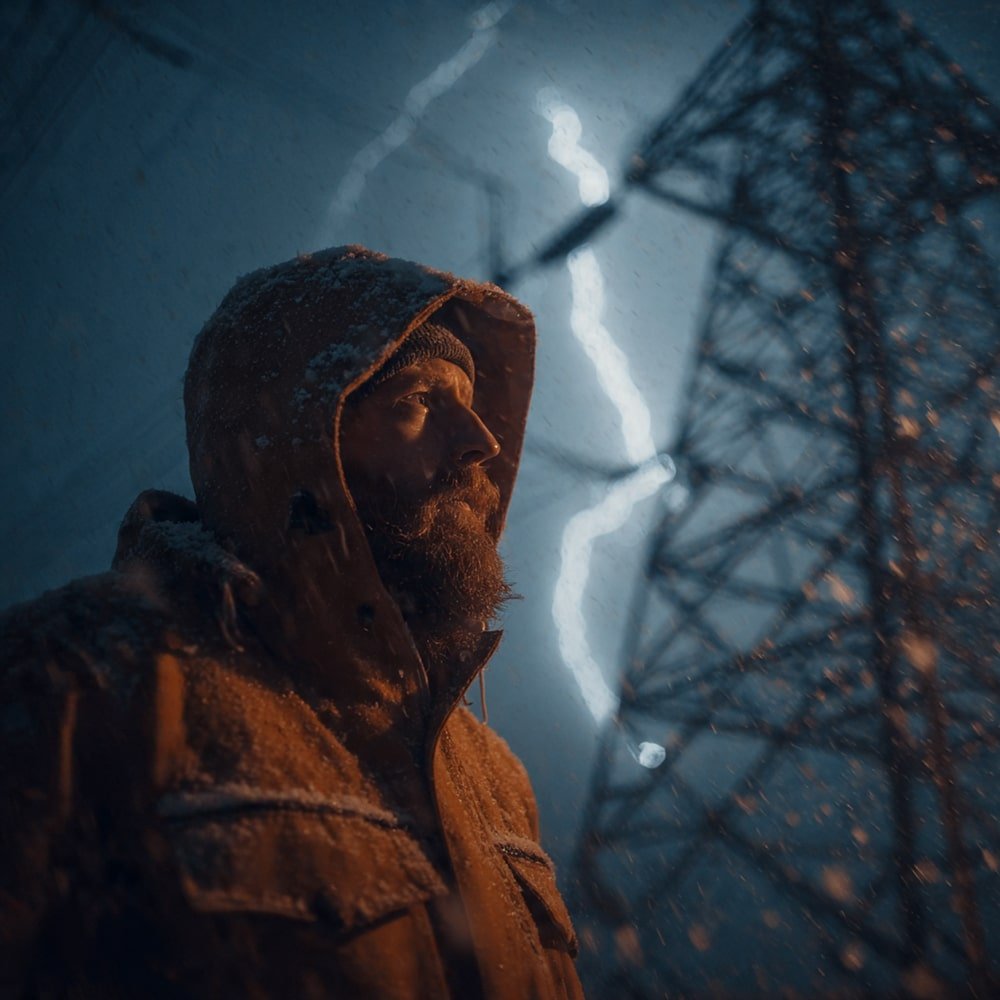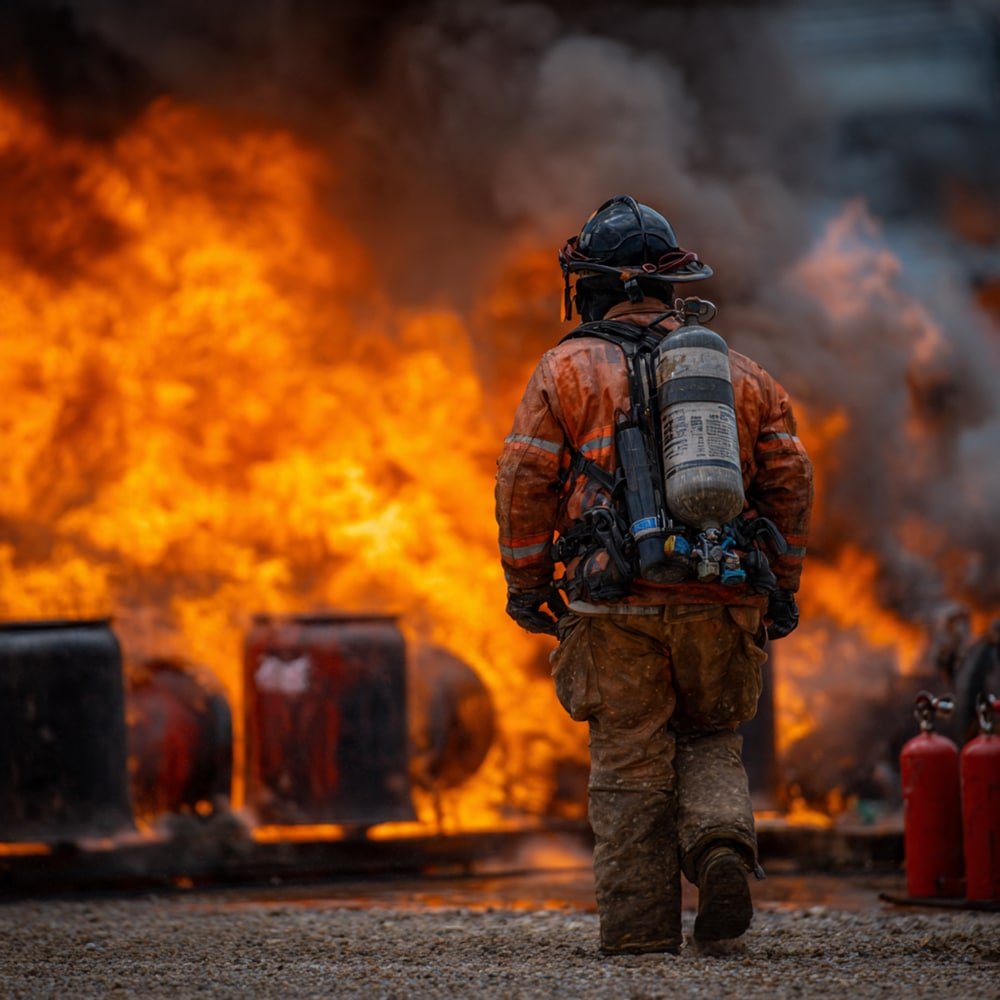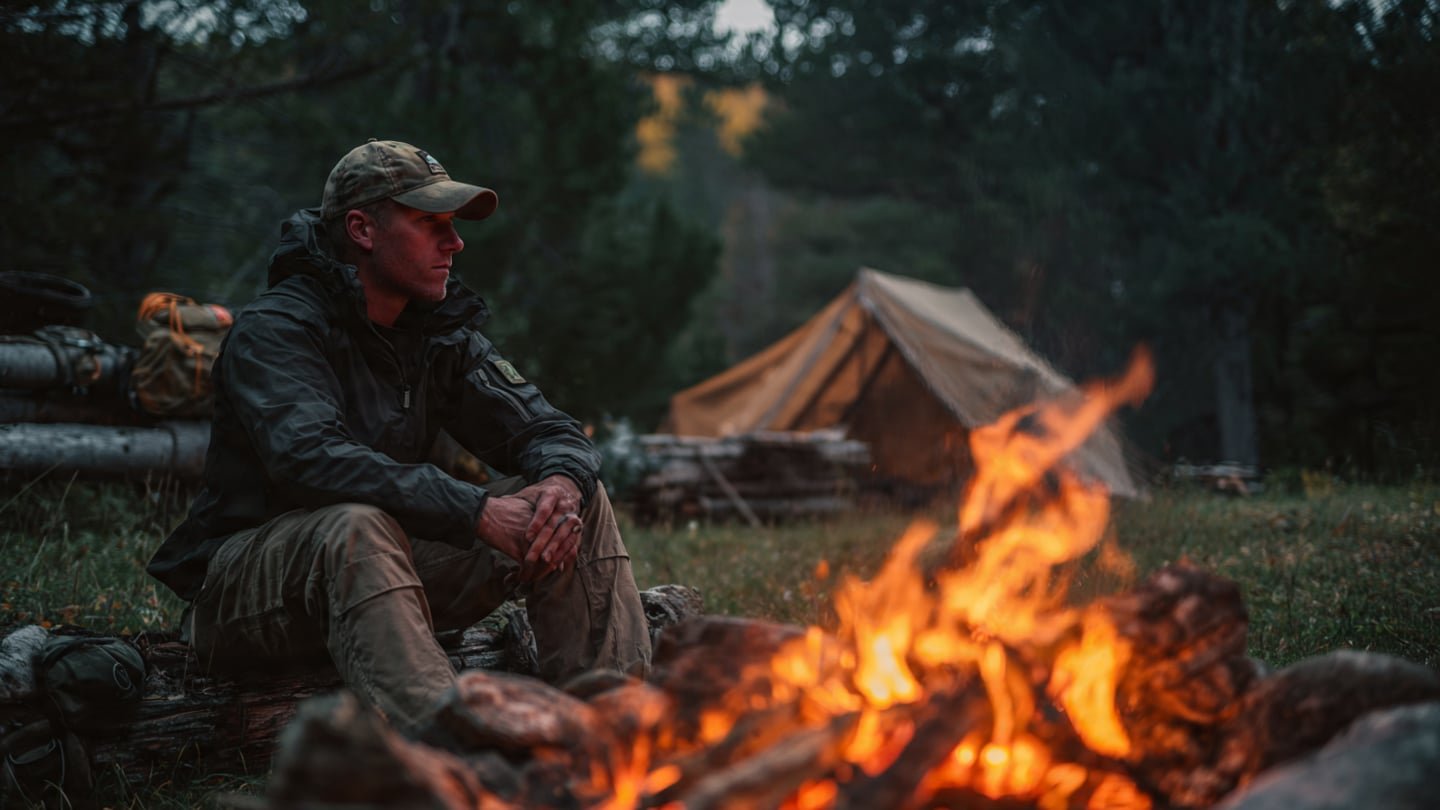Many people dream of the city life because of the many opportunities it offers but few realize that urban survival would be quite difficult when a disaster strikes. It’s difficult enough to survive in the city if you don’t have the knowledge and skills to thrive. Add a catastrophic event and surely people will be thinking they’d be better off elsewhere.
There’s a reason why disaster flicks are usually set in a major city such as New York or Los Angeles. When a tsunami, major earthquake or alien invasion strikes these cities, the damage is incomparable and the casualties number by the hundreds of thousands.
The sight of the White House or Eiffel Tower getting blown to pieces or swept by a giant tidal wave is one way to ensure a movie will be a hit. It’s not just because of the amazing graphics, however. People supposedly loves seeing death and destruction because they “allay individual fears of human mortality,” according to sociologist John Hoopes.
People identify with the characters who overcome all adversities and make it out alive in the end. Hoopes also said disaster movies let the viewers wander into this world where the only important thing is not adulting but surviving.
These movies are effective visualizations of what could happen in an end-of-the-world scenario. While they are fictional, the possibilities of such these disasters are there. It’s therefore necessary to be prepared whether the apocalypse does come or not.
Identify Potential Threats
The first step in urban survival is to identify the possible disasters and apocalyptic events.Determine which potential EOTW scenario is most likely to affect you directly. If you live in Los Angeles, prepare for the Big One. If you’re on an island or live near the coast, be wary of tsunamis.
It’s not enough to identify and prepare for the most likely threat. One of the most common prepper mistakes is preparing for only one scenario. You have to know how to survive other disasters such as a pandemic, a nuclear attack, EMP attack, ecological disaster, and depletion of resources. Civil unrest, terrorist attacks, and a worldwide economic collapse can also make it difficult to survive in the city. While you’re at it, why not be ready in case zombies, giant monsters and alien invaders are real.
The biggest threat to your survival, however, is your fellow human beings. You have to face the pressing issues left behind by a disaster and that includes lack of food, water and other resources. Crime will be on an upswing since people will be going up against each other to survive.
It doesn’t help that you’re in an overpopulated city. This means more people will be fighting for the meager resources left after a disaster.
Prepping for Urban Survival
Another important aspect of urban survival is stockpiling food and water. It’s highly unlikely that food distribution network will still be operational when the city is overcome by bedlam. If you have enough resources, there’s no need to risk your life going out on a scavenger hunt.

Food distribution will not be the only thing affected by a disaster. Modern civilization depends on the electrical grid to function smoothly. Without power, chaos ensues particularly in the cities. A key part of urban survival is to be ready for the failure of the power grid.
Some preppers think generators are the solution to this problem. Others prefer alternative energy sources such as solar, wind and water. In any case, you need to be ready.

Fuel pumps will not work without electricity. Stock up on gasoline and diesel for your vehicle and generator.
Communication will also be an issue when the power grid breaks down. To deal with this, make sure you have old school communication devices such as a HAM radio or CB radio.
Fortify Your Shelter
In urban survival, it’s vital that you protect your home. If you protect your home, you protect your family and the resources you have stockpiled to keep them alive. Fortify your home to increase your chances of surviving in the city.
Start off by securing all possible entry points to your home. If you’re in an apartment, you only have to keep looters from entering the front door and the back windows. Before you go ahead with your urban survival goal of fortifying your shelter, check with the apartment manager first.
Doors
Use metal doors instead of regular wooden ones if they allow you. If not, use long screws to secure the hinges and the strike plate. Replace the door knob with a deadbolt then use high-quality locks and chains. You can also install swing bars, door stops and security bars to keep intruders out. For sliding doors, use a Charley Bar.

Windows
Install security film to make it a little tougher for intruders to break through the glass. You can use acrylic glass on your windows since it doesn’t break as easily as regular glass. Secure and shut your windows permanently with nails, screws or locks.

You can also keep looters away by installing chicken wire or window guards. They may not look that pretty but aesthetics takes a back seat to safety any time.
Weapons
There’s an ongoing debate on gun control but the main point is you need some way to defend yourself from perpetrators. Weapons such as firearms are vital to urban survival. You don’t have to fire your gun if brandishing it alone will scare intruders away. But if worse comes to worst, you must know how to use it.
Handguns are a good way to start your collection of weapons. Other firearms you can eventually add to your arsenal include a shotgun and semi-automatic rifle. Of course, you need to stock up on ammunition. Just remember, guns are not toys. They’re also not some kind of license to be a douche bag and a bully. Take the necessary steps and precautions to become a responsible gun owner. And PLEASE, keep them away from children.
Bladed and melee weapons are also effective against intruders. As are pepper sprays, stun guns and Tasers.
Bug In or Bug Out
Bugging in means you’re prepping to stay where you are. Aside from fortifying your home, you also stockpile on food, water and other supplies. But what happens if your home is compromised? Do you have what it takes to defend yourself and your family? What if staying still will do more harm than good? These are just a few of the questions you should consider before deciding whether to bug in or bug out.
The best answer is that it all depends on the situation at hand. You can stockpile supplies and fortify your home but when an earthquake, flood or terrorist attack destroys everything, you’ll be left with nothing. That’s why you also need provisions for bugging out and an emergency plan, including how you can escape your apartment when SHTF.
Aside from your bug out bags (each family member should have their own), you have to keep supplies and gear in other places. This may be quite difficult in an overpopulated area. Your best bet would be renting a storage unit or renting another apartment unit someplace else. Other options are a state park and a campground. You can also ask a close relative or friend if you can use their home as your bug out location.
Get Home Bag
You have your bug out plan set for when you have to leave your home. But what if you’re not home when disaster strikes? One familiar plot in disaster movies is the protagonist trying to get back to his or her family. It would’ve been a lot easier if they had an emergency plan and the proper survival gear.
When facing an urban survival situation such as this, you need to have the right gear to help you survive and get home. You need a get home bag (GHB). It’s easy to confuse a get home bag with a bug out bag. The main difference is that the GHB contains survival gear meant specifically to help you get home to your family immediately.

A proper GHB should be lightweight since you’re goal is to get home as fast as you can. A small backpack should suffice. Your GHB should include a liter of water and energy bars to sustain you for 24 hours at least.
You need a poncho, lightweight tarp for shelter, and Mylar blanket in case you need to stop for the night and rest. Pack extra clothes, socks and a pair of gloves, as well. A pair of hiking shoes would be great if you go to work in dress shoes.
Other urban survival gear to pack in your GHB are dust masks and N95 respirator, paracord, fire starters, headlamp, multitool, compass, map, paper and pencil, emergency radio, mirror, whistle, and a small weapon. Include an individual first aid kit, as well.
A window punch and prybar will come in handy if you’re locked inside your office building. You can also buy a pair of walkie talkies. You can keep one in your GHB while the other stays at home.

Survival Frog’s Solar Air Lantern is the perfect light source for the apocalypse and should be in your list of urban survival gear. It’s a must-have for both your bug out bag and get home bag.
Just a disclaimer – We have partnered with these companies because we use their products and/or proudly trust and endorse them – so we do receive a commission if you make a purchase or sign up for services. Often, we are able to negotiate special discounts and/or bonuses, which we will pass on to you via our links. We often get short notice on sale items available for 24-48 hours as we will pass these savings onto you.

